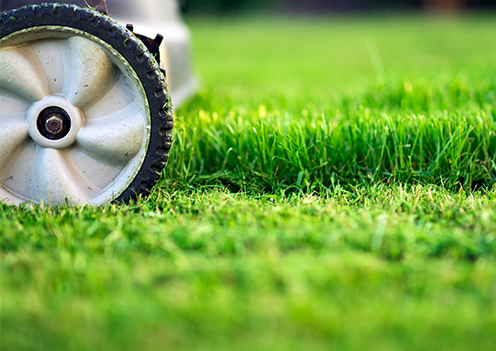Your Cart


A: Although mowing low may leave your grass looking nice and neat, it can be quite damaging to your lawn. It is important to keep in mind that mowing is much more than an aesthetic exercise; it is a crucial cultural practice that plays a direct role in the health – or lack thereof – of your turf.
Homeowners are advised to remove no more than 1/3 of the grass blade in one mowing session. Mowing too low places stress on the lawn by eliminating most of the nutrient-producing leaf surface. As a result, the remaining grass blade is not left with enough leaf tissue to create food for itself through photosynthesis. The plant must then use its remaining energy and nutrients to restore the leaf, weakening the root zone in the process. A longer cutting height will allow for a deeper, stronger root system and keep your grass green and healthy.
Lawn mowing isn’t a one size fits all cultural practice, however. In fact, each and every grass type functions best within a certain cutting height range. Staying within these guidelines can help you maintain a more weed resistant, drought-tolerant lawn structure.
Do you know the proper mowing height for your grass type? If not, check out Weed Man’s handy mowing height chart below!
Brought to you by Weed Man: we care for your lawn